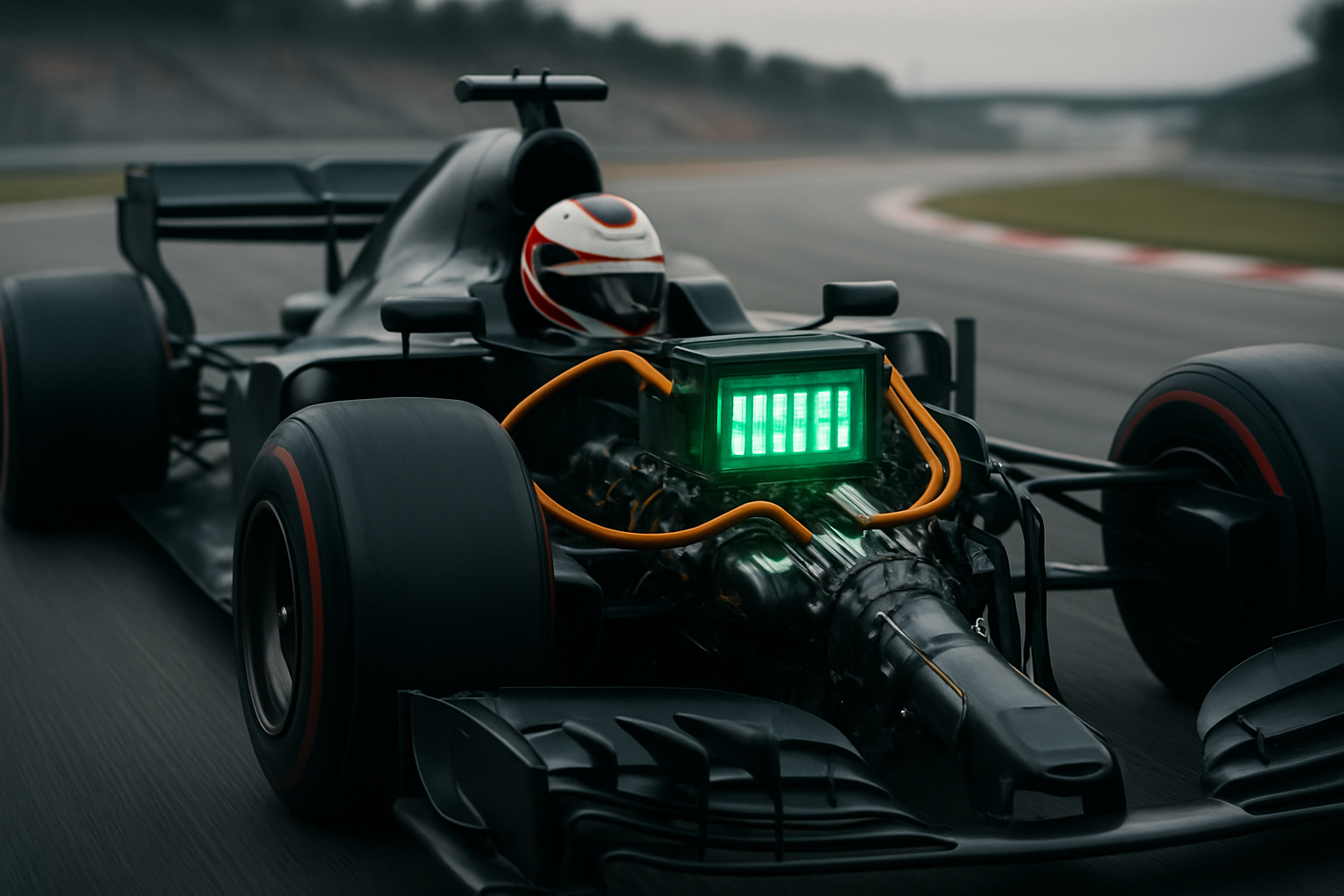Unraveling the Mystery of Sequential Gearboxes in Motorsports
The roar of engines, the smell of burning rubber, and the lightning-fast gear changes that leave spectators in awe – welcome to the world of motorsports, where every millisecond counts. At the heart of this high-octane universe lies a technological marvel that has revolutionized racing: the sequential gearbox. This article delves into the intricate workings of sequential transmissions, exploring their impact on racing performance and the future of automotive engineering.

The Genesis of Sequential Shifting
The story of sequential gearboxes begins in the early 1980s when racing engineers sought ways to improve shift times and reliability. Traditional H-pattern gearboxes, while effective for road cars, were proving to be a limiting factor in the quest for faster lap times. The need for a more efficient system led to the development of the sequential gearbox, first introduced in motorcycle racing before making its way into four-wheeled motorsports.
Mechanics Behind the Magic
At its core, a sequential gearbox operates on a drum or barrel mechanism. Unlike conventional transmissions where gears are arranged in an H-pattern, sequential boxes align gears in a straight line. This arrangement allows for rapid, precise shifts without the need to move through a gate. The driver simply pushes or pulls the lever to move up or down through the gears sequentially.
The internal workings of a sequential gearbox are a masterpiece of engineering. When the driver initiates a shift, a series of dogs and selectors engage, guided by the rotating drum. This process ensures that only one gear can be selected at a time, reducing the risk of mis-shifts and allowing for near-instantaneous gear changes.
Impact on Racing Performance
The adoption of sequential gearboxes in motorsports has been nothing short of revolutionary. These transmissions offer several key advantages that have significantly enhanced racing performance:
-
Faster Shift Times: Sequential boxes allow for gear changes in as little as 50 milliseconds, a fraction of the time required for manual H-pattern shifts.
-
Improved Acceleration: The rapid gear changes translate to smoother power delivery and faster acceleration out of corners.
-
Enhanced Control: Drivers can keep both hands on the steering wheel while shifting, improving vehicle control during critical moments.
-
Reduced Likelihood of Errors: The sequential nature of the shifts minimizes the risk of selecting the wrong gear, a common issue with H-pattern boxes under high-stress situations.
Evolution and Technological Advancements
As with any technology in motorsports, sequential gearboxes have undergone continuous refinement. Modern versions incorporate pneumatic or hydraulic actuation systems, further reducing shift times and physical effort required from the driver. Some advanced systems even allow for clutchless shifting, enabling gear changes without lifting off the throttle.
The integration of electronics has also played a crucial role in the evolution of sequential gearboxes. Engine management systems can now be programmed to optimize shift points, cut ignition during gear changes, and even blip the throttle on downshifts, ensuring seamless transitions between gears.
From Track to Street: The Trickle-Down Effect
While sequential gearboxes were initially developed for racing, their influence has begun to permeate road car technology. High-performance sports cars and supercars now often feature paddle-shift systems inspired by racing sequential boxes. These systems offer drivers the thrill of rapid, race-car-like gear changes while maintaining the convenience and comfort expected in a road vehicle.
Moreover, the principles behind sequential shifting have influenced the development of modern dual-clutch transmissions (DCTs). These gearboxes, now common in performance-oriented road cars, offer lightning-fast shifts and improved efficiency, blurring the lines between manual and automatic transmissions.
The Future of Sequential Gearboxes
As automotive technology continues to advance, the role of sequential gearboxes in motorsports remains secure. However, the future may bring interesting developments. With the rise of electric powertrains in racing, traditional gearboxes may evolve or be replaced by new systems optimized for electric motors characteristics.
Furthermore, ongoing research into materials science and manufacturing techniques promises to make sequential gearboxes even lighter, more durable, and more efficient. Innovations in lubrication and cooling systems may push the boundaries of what these transmissions can achieve under extreme racing conditions.
In conclusion, sequential gearboxes stand as a testament to the ingenuity and relentless pursuit of performance in motorsports. From their humble beginnings to their current state-of-the-art implementations, these transmissions have not only transformed racing but have also left an indelible mark on automotive engineering as a whole. As we look to the future, one thing is certain: the spirit of innovation that birthed the sequential gearbox will continue to drive advancements in automotive technology, both on the track and on the street.





